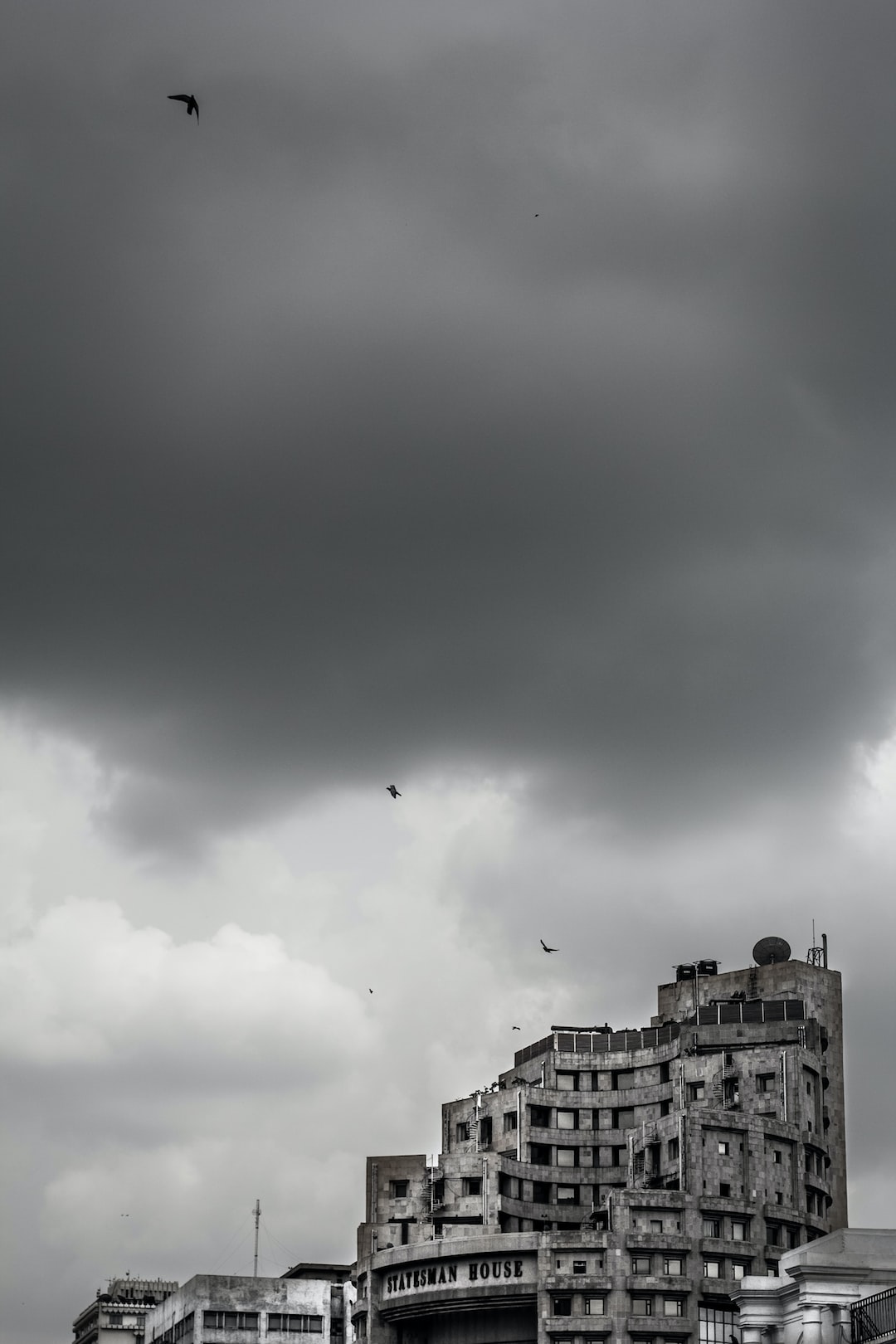Delhi’s Musical Heritage: A Journey into Classical Indian Music
Delhi, the capital of India, is not only renowned for its rich history, magnificent architecture, and diverse culture but also for its vibrant musical heritage. The city has been a melting pot of different art forms, and classical Indian music has been an integral part of its soul. From the ancient times of the Mughal era to the modern-day, Delhi has nurtured and preserved this musical tradition, making it a hub for classical musicians and enthusiasts alike.
Classical Indian music, often referred to as “Shastriya Sangeet,” is a timeless art form that traces its origins back to ancient scriptures and myths. The art form consists of two main genres – Hindustani and Carnatic music. While both styles have their distinct characteristics, Delhi primarily falls under the realm of Hindustani classical music.
The city has witnessed the rise of many legendary musicians who have contributed immensely to the development and popularization of Hindustani classical music. One such luminary is Ustad Amir Khan, a maestro whose soulful renditions still echo through the lanes of Delhi. Khan Sahib, as he is fondly remembered, was a stalwart in the field of classical music and played a pivotal role in shaping the Gwalior gharana (style) of Hindustani music. His distinct style, known for its emotion and depth, continues to inspire aspiring musicians today.
Delhi’s musical heritage is further exemplified by its numerous gharanas, or schools of music. Each gharana has its unique style, repertoire, and tradition, passed down from one generation to the next. The city has nurtured gharanas such as Delhi, Gwalior, Agra, and others, giving birth to prodigious talents like Ustad Bade Ghulam Ali Khan, Pandit Jasraj, and Shobha Gurtu. These legendary artists have left an indelible mark on Delhi’s classical music scene, enriching it with their distinctive contributions.
One cannot overlook the significant influence of the Mughal emperors on Delhi’s music. The Mughals were not only patrons of art but also great lovers and connoisseurs of music. Their patronage led to the establishment of renowned music festivals, such as the historic Jahan-e-Khusrau festival. Named after the famous Sufi saint Amir Khusrau, this festival celebrates the mystic Sufi legacy through soul-stirring performances by renowned classical artists. Held in the exquisite backdrop of the Qutub Minar complex, the festival transports the audience on a spiritual journey, beautifully blending poetry, dance, and music.
Delhi’s musical heritage can also be witnessed within the royal abodes of the city. The UNESCO World Heritage Site, Red Fort, resonates with an enchanting musical legacy. The fort features the grand and awe-inspiring Diwan-i-Khas, where the emperors once held private music gatherings. The elegant architecture and rich history of the fort enhance the musical experience, taking visitors on a captivating journey back in time.
Another significant landmark that showcases Delhi’s musical heritage is the majestic Humayun’s Tomb. This architectural marvel, built in memory of the Mughal Emperor Humayun, is surrounded by lush green gardens and serene pathways. It has become a cultural hotspot for classical music lovers, hosting prestigious music festivals and concerts. The ornate mausoleum provides the perfect backdrop for artists to immerse themselves in soulful renditions, captivating the audience with their skill and artistry.
Beyond the historical monuments and cultural events, Delhi’s music scene thrives in its numerous music academies, such as Sangeet Natak Akademi and Gandharva Mahavidyalaya. These institutions have been pivotal in promoting classical music and nurturing young talent, ensuring that the musical heritage of Delhi continues to flourish for generations to come.
In conclusion, Delhi’s musical heritage is an integral part of its cultural fabric. Steeped in history and adorned with legendary artists, the city resonates with the soulful sounds of classical Indian music. From the royal gatherings of Mughal emperors to the vibrant festivals and academies, Delhi’s musical journey is a testament to the timeless beauty and power of this art form. So, the next time you find yourself in the capital city, make sure to indulge in its melodious offerings and immerse yourself in the mesmerizing world of classical Indian music.


